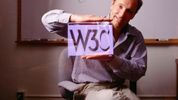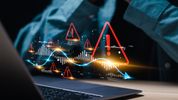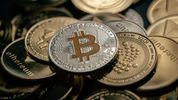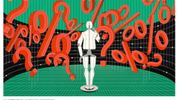See Tom Davenport's summary (below) of five types of "Analytics of Things". He makes the good point that achieving the higher stages bullet-pointed below is predicated on analysing structured, semi-structured & unstructured data with the IoT pumping out gigantic volumes of streaming data.
- Predicting necessary actions
- Prescribing decisions
Information consumers will be swamped by alerts, warnings and the best data visualisation in the world will not help. This means that BI & Analytics strategy must lead eventually to Automating Analytics for the IoT.
Location Intelligence joining & analysis of spatial and enterprise data to leverage the value of location data and not just visualise it.
is set to take an increasing importance in these analytics stages- the
You might like to overlay this with my earlier article "IoT is a means to an end- not an end in itself".
It mirrors the statement that Tom makes- "So we've got our work cut out for us on IoT decision automation". But the work needs to start now even if you are setting out on the first step- Descriptive Analytics for IoT.
So we’ve got our work cut out for us on IoT decision automation. We can’t link together our industrial, transportation, energy, and other systems successfully until we’ve figured out the dynamics of complex automated networks. A key with these multi-step models of analytics, however, is not to despair about how far you have to go, but simply to try to advance from where you are. If you are stuck on line and bar charts, try to use that data to run a diagnostic regression equation. If you’ve done that already, try predicting something—and so forth. The sooner we start employing more sophisticated analytics, the sooner we can get some real value from the Internet of Things.
http://dupress.com/articles/five-types-of-analytics-of-things/





